Overview
You Care Deeply About Your Child’s Safety. So Do We.
You’ve been protecting your child their entire life. Passing that baton to someone else is not an easy thing to do. Rest assured, we take your student’s safety very seriously.
That’s why we’ve invested over $10 million in campus safety enhancements since 2022* to create a secure environment where students can thrive academically, socially, and spiritually. From advanced surveillance technology and improved lighting to a robust network of trained security personnel, our campus safety measures are designed to provide peace of mind for students and their families.
*Wide-ranging enhancements make Liberty University a model for campus safety and compliance (viewed online Jan. 17, 2025).
OSPS Overview (10:47)
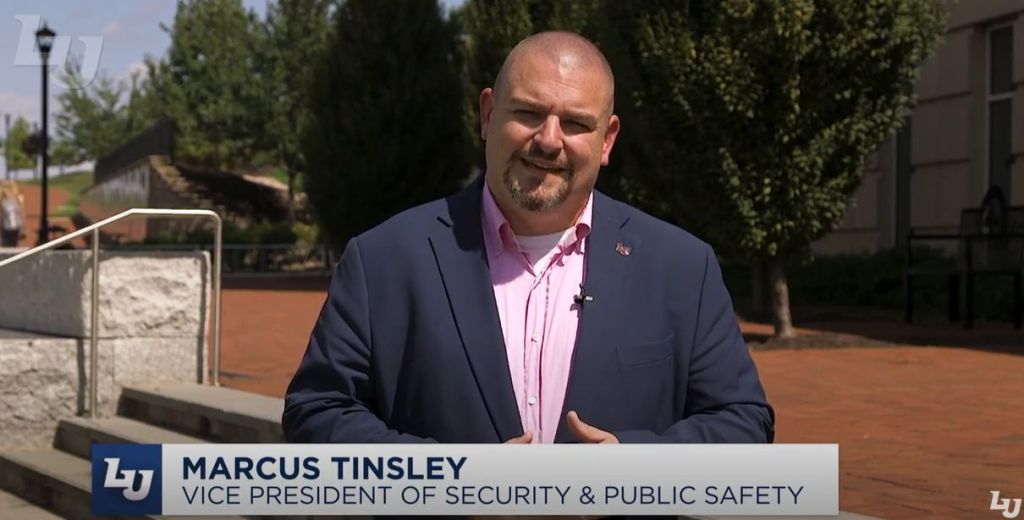
Hear from our VP of Security & Public Safety about all the security services on campus!
Voiles Parent Testimonial (1:00)

Our Commitment
Our Commitment to Comprehensive Student Safety and Well-Being
Safety means more than just physical security — it’s about fostering an environment where students feel supported in every aspect of their lives. Liberty was ranked in the top 20% of safest college campuses in the United States by Niche.com for 2026.
Here are just some of the ways Liberty is working to help your student feel safe and supported:
- Campus surveillance equipment — Including the installation of 1,000 new cameras campuswide throughout highly populated outdoor areas and at the entrance and exit points of all buildings
- Campuswide blue light stations — Composed of 13 stations that activate when the emergency button is pressed, automatically triggering a strobe light mode and livestream video feed that is sent to the Emergency Communications Dispatch
- Champion Safe app — Featuring a mobile blue light, emergency contacts, friend walk, and much more
- Security at large events — Increased security, metal detectors, and a clear bag policy enforced at most large-occupancy gatherings
- Comprehensive emergency plans – Designed to deal with crises that may occur on campus (learn more on the Emergency Management and Community Engagement website)
- Police escort across campus – Available to students at any time by calling the Emergency Communications non-emergency number
Student Safety Brochure
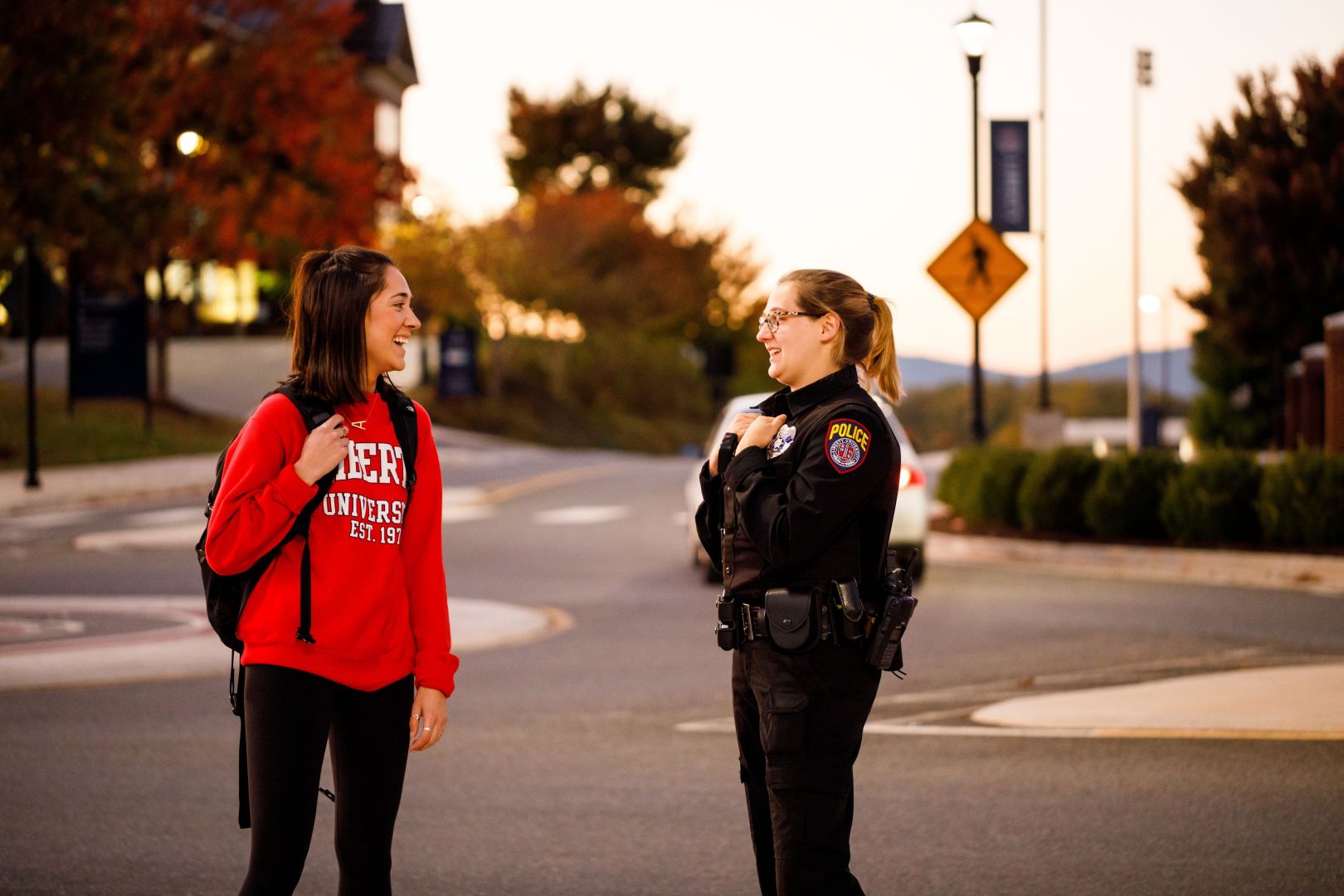
Emergency Notification System
Receive Emergency Alerts via Text
If an emergency happens, you want to be the first to know. That’s why we’ve developed a comprehensive emergency notification system to ensure that important information – whether about severe weather, school closings, or critical campus situations – reaches you quickly. This system allows you and your student to receive alerts by text message so you can stay informed the moment an emergency arises.
The emergency alert system is accessible to all members of the Liberty University community with a Liberty account. Students can even add trusted contacts, such as parents or spouses, to receive notifications directly under their account. By doing so, you can feel connected and informed about your student’s safety, no matter where you are. Learn more about how your student can sign up for this vital service.
Alert System Info
“I can’t put into words how impressed I was [with] your staff at the LU Police and Emergency Management Departments on the hard work they continue to do preventing, preparing, and training for critical incidents. It is for these reasons I know my daughter is safe at LU.”
– Captain Gerald I, LU dad and former Coral Springs Police Department Captain
Resources
Safety Resources
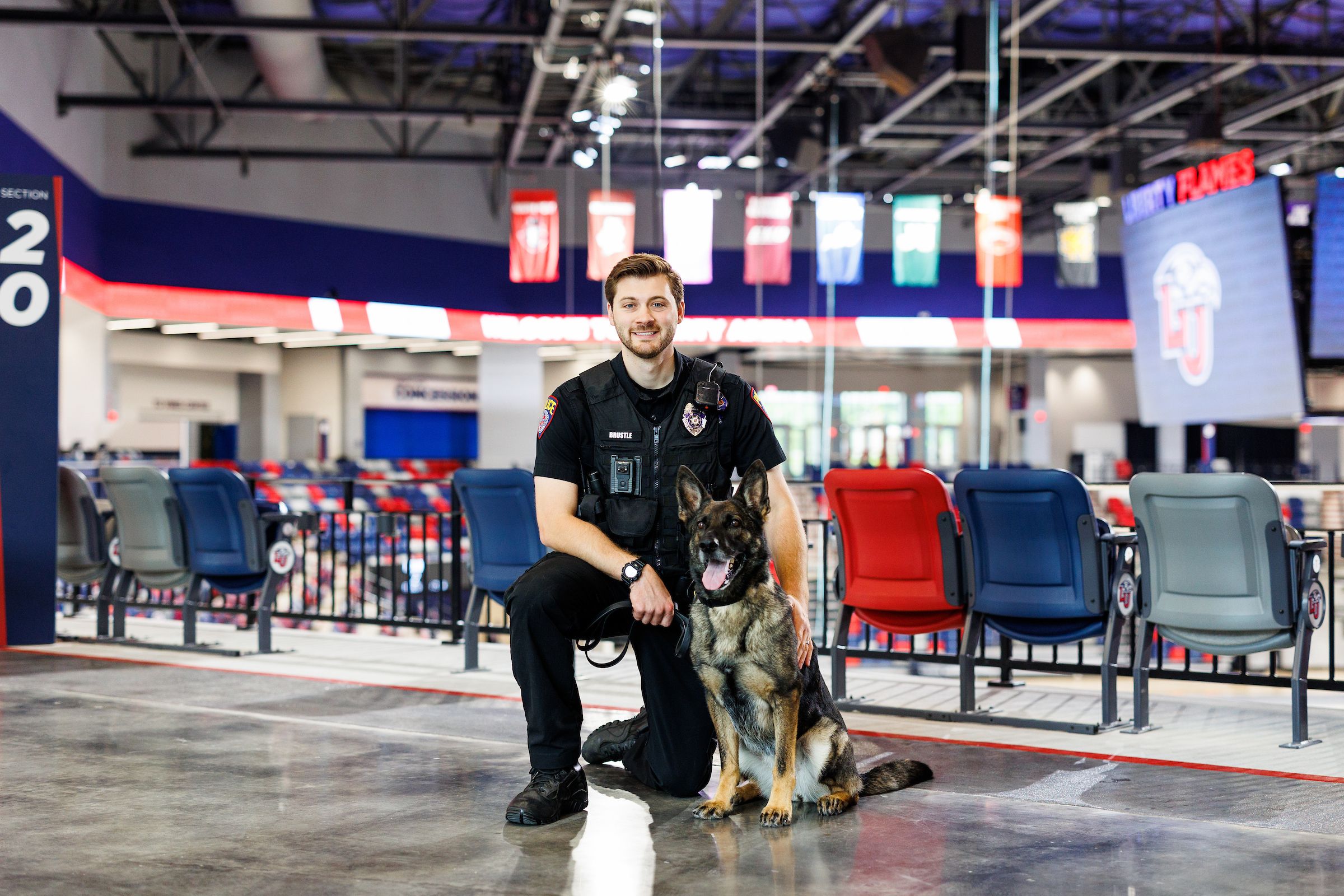
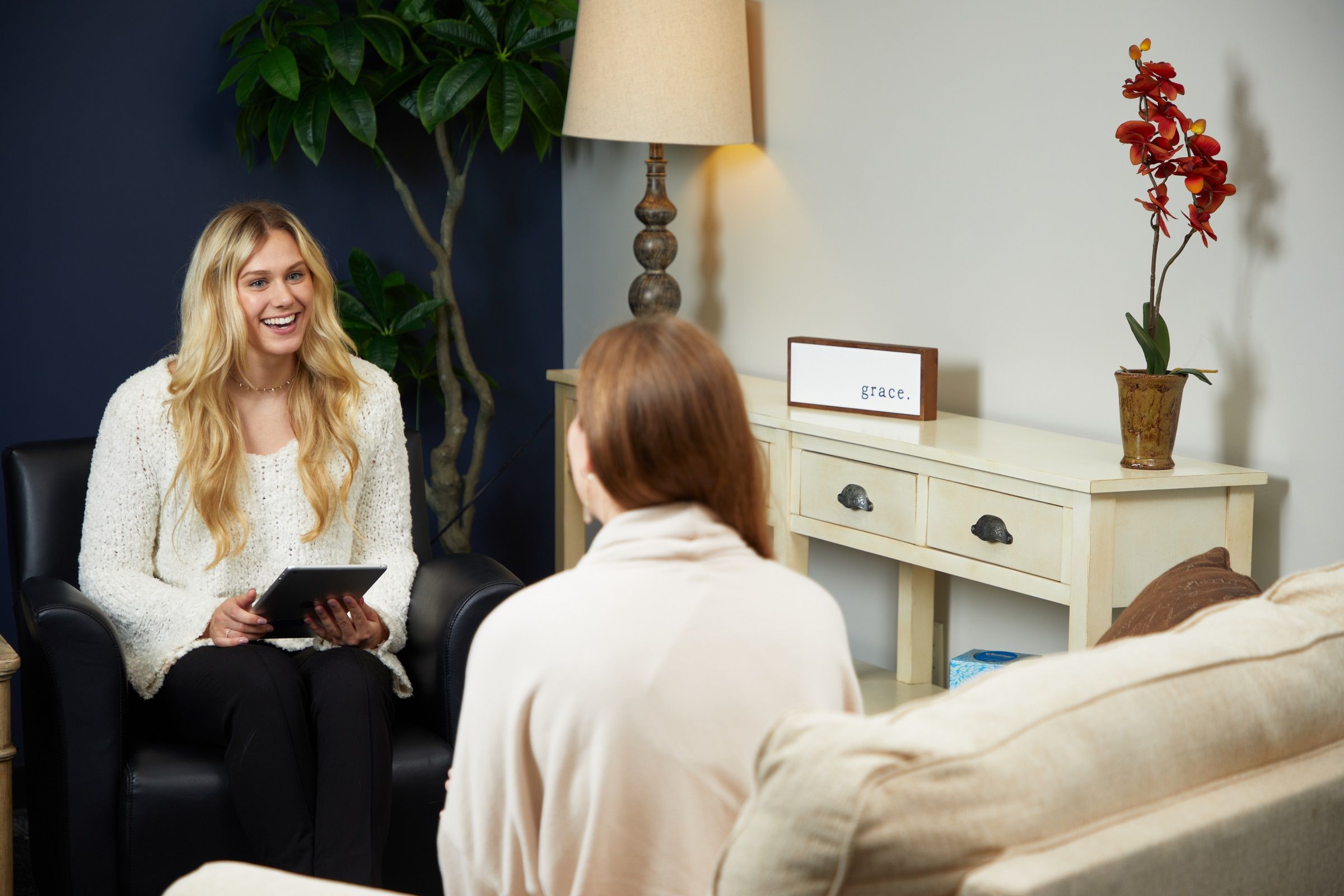


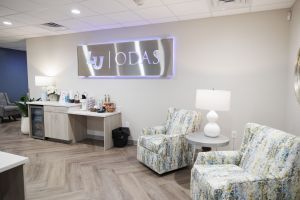

International Student Center
At the C. Daniel Kim International Student Center (ISC), we Train Champions for Christ to advance the Kingdom of God throughout the world by providing academic, spiritual, and cultural support through advising, advocacy, and events to our faculty, staff, domestic and international students.
Safeguarding Student Wellness
Your student will have access to a wide range of medical services through the Student Health Center, including acute care, preventive visits, chronic disease management, lab tests, X-rays, and health coaching. Licensed physicians, nurses, and medical professionals provide comprehensive care, with unlimited visits and coordination with specialists available as needed.
Student Health Center
